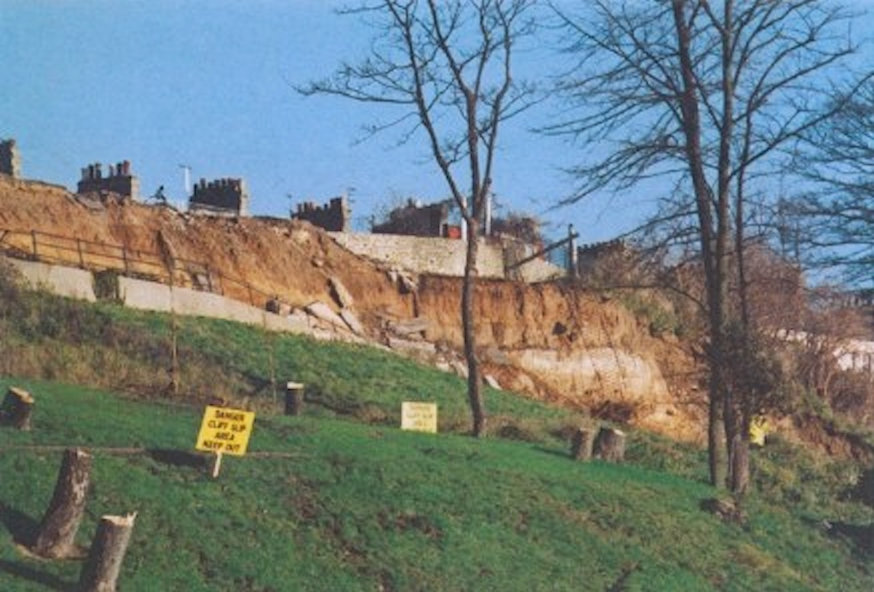The following sites have been selected to represent the different aspects of geology and landscape in the district. Not all sites have something to see; many are solely of historical interest as a record of an important or interesting discovery.
Some sites are not strictly geological but have a geological connection. Geological sites are therefore defined in their widest sense and include, for example, buildings, walls, wells, spas, springs, graves, boreholes, plaques, landslips and viewpoints.
This is not a complete list of geological sites in the district. Others will be added and descriptions expanded as further research is carried out.
Important note:
Not all of the sites here described are accessible. Some sites are on private land and can only be viewed from footpaths that pass through or alongside the site. Inclusion of a site on this list does not, therefore, imply any right of access. Please remember not to trespass on private land.
Sites of Special Scientific Interest (SSSIs)
No geological SSSIs have been notified in the district.
Local Geological Sites (LoGS)
No LoGS have yet been notified in the district as the notification process is still underway.
Other Sites
EASTWOOD. St. Laurence Church Sarsen Stone (TQ 862 889
Between the pews and poking through the floorboards inside the Church is a sarsen stone 65 by 60 centimetres in size (approx. 2 foot by 2 foot). Sarsens are unusual hereabouts and are thought to come from the Medway gravels and therefore originating in Kent.
LEIGH-ON-SEA. Leigh Spring (TQ 838 857
In the High Street is a19th century brick structure at the bottom of a conduit carrying water from a cliff top spring. There is a cast iron plaque dated 1846. The spring no doubt issued from the junction of the Thames terrace gravels with the underlying London Clay. A stone in Rectory Grove, not now in its original position, was placed at the well head in 1712.
NORTH SHOEBURY. Friars Park (TQ 938 861)
The former Shoebury brickfields produced spectacular fossils of Ice Age mammals. Fossils from Shoebury in Southend Museum include the bones of mammoth, elephant, bison, giant deer and brown bear. Much of this land is now occupied by housing and retail development but some abandoned pits are still visible as lakes. Some of these are in the wildlife reserve known as Friars Park. Of historical interest only.
SHOEBURYNESS. Shoeburyness Foreshore (TQ 920 840 approx.)
A foreshore platform of London Clay has sometimes been visible at low tide at various points between Southend and Shoeburyness. Until sea defences were built, fossils could be found here such as sharks’ teeth and fruits and seeds preserved in pyrite.
SOUTHEND. Southend Cliffs (TQ 875 851)
A classic area for demonstrating the problems of landslips in London Clay slopes. Movement of the ground along much of the Southend coastline is still a constant issue for the Council engineers, the most serious landslips occurring at The Cliffs, a section of coast just over a kilometre (approximately ¾ mile) long between the Cliffs Pavilion and Southend Pier. See also Hadleigh Castle (Castle Point District).

